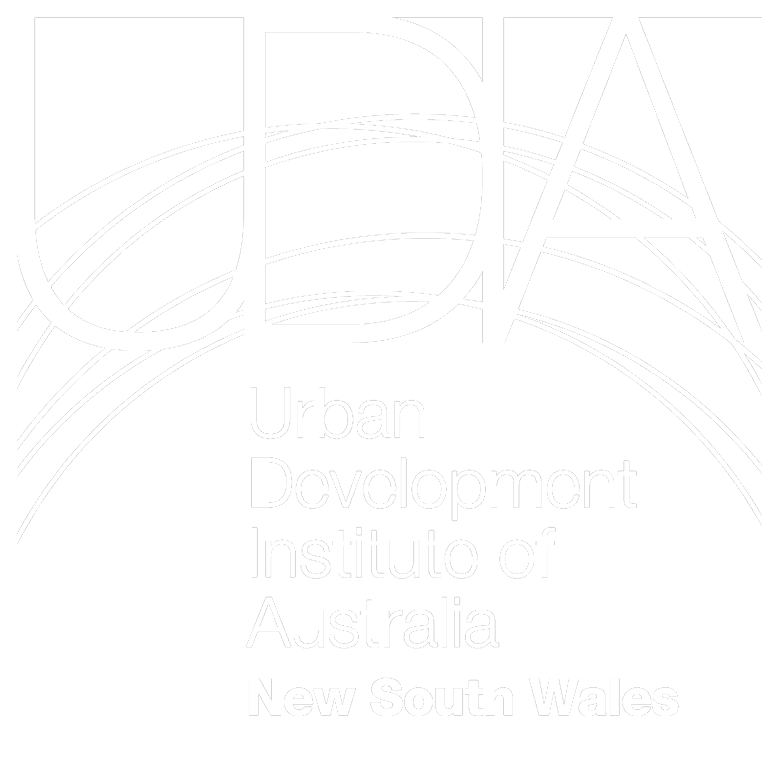UDIA NSW welcomes today’s announcement by the NSW Government that it will introduce a policy to encourage 3-6 storeys medium density, terraces, townhouses, duplexes and smaller 1-2 storey apartment blocks in accessible locations in suburbs where they are not currently allowed.
“We commend the Premier and Planning Minister for taking meaningful and decisive action to address our housing crisis. While dual-occupancies and six-storey flat buildings alone won’t solve the housing crisis, every new policy which results in more diverse and accessible homes is a win for NSW residents,“ said Steve Mann, CEO UDIA NSW.
“This Government was elected on a bold promise to address the housing crisis and that means challenging the status-quo across multiple policy fronts. Today’s announcement shows the Government is serious about delivering on that promise,” Mr Mann said.
Making more housing typologies permissible in more locations will boost zoned capacity, but these homes can only be built if the development standards and controls, such as minimum lot sizes and solar access, are appropriate and support development feasibility. In addition, many council LEPs currently restrict the subdivision of dual-occupancies due to unreasonable minimum lots sizes, which effectively restricts this type of development.
“While today’s announcement suggests the NSW Government will create new controls which override existing local controls, industry is looking for certainty that councils will not be able to amend their Local Environmental Plans and Development Control Plans to stymie the policy’s intent.
UDIA has been a strong supporter of increasing densities near transport hubs and town centres as it ensures new residents have access to existing public transport and community and social services. It is critical however this policy aligns with the Government’s other stated ambition to create high density, mixed-use, transit-oriented-developments (TOD) near existing and future heavy rail and Metro stations.
This policy must clearly define what is meant by a ‘transport hub’ and not detract from opportunities to introduce higher densities for TOD where it is appropriate and needed. The policy must also ensure areas already zoned R3 medium density close to transport hubs are safeguarded and councils are not allowed to down-zone these locations.
The economic conditions for development remain challenging in NSW and while creating new development rights on R2 and R3 land is welcome, the establishment of consistent development standards and the opportunity for these projects to access other initiatives like the affordable housing bonus will be essential to support development feasibility and ensure the Government’s desire for new homes is realised.
UDIA notes the Government believes this policy has the potential for 112,000 new low-rise and medium density homes to be delivered. It is unclear what proportion will be made up of low-rise development and what proportion will be medium density. When the policy is exhibited, we urge the Government to release this modelling to provide transparency and ensure we can monitor the uptake of these measures through the planning system and refine the policy over time if it is not delivering as forecast. This should also show any feasibility modelling to demonstrate the announced numbers are not merely zoned capacity but have genuine potential to result in keys in doors.
“Tackling the housing crisis requires new thinking and bold action and it is encouraging to see this Government has the courage and conviction to make genuine change. We look forward to working with the Government as this policy is finalised, to ensure it delivers a wave of new homes,” Mr Mann said.
–ends–
Media Enquiries:
Deanna Lane 0416 295 898 or dlane@udiansw.com.au

